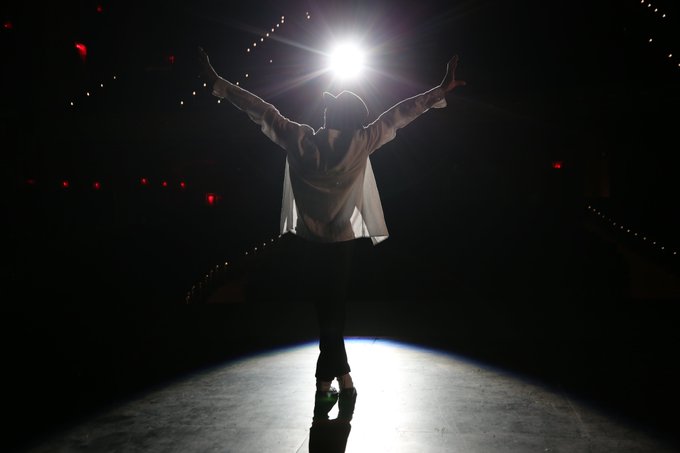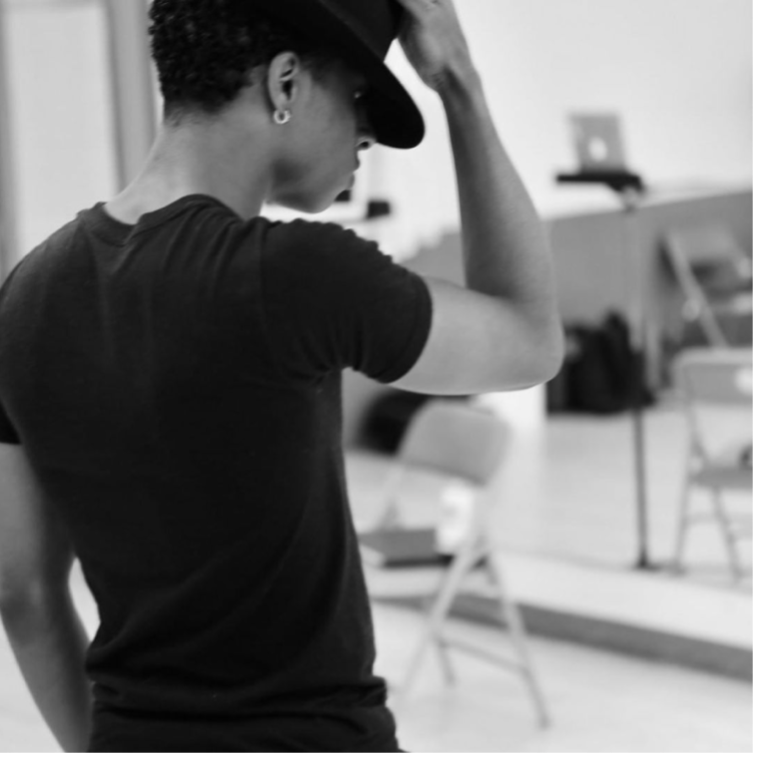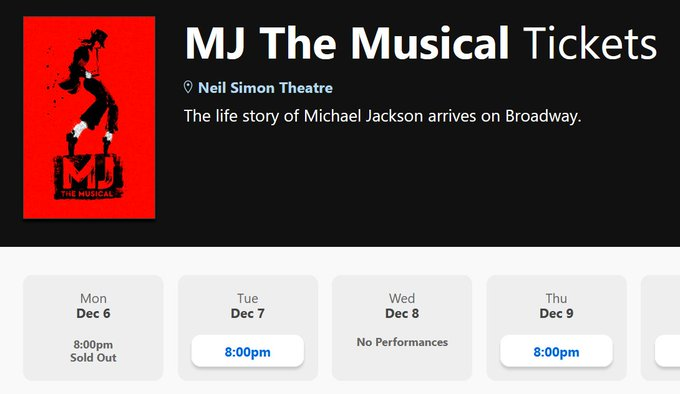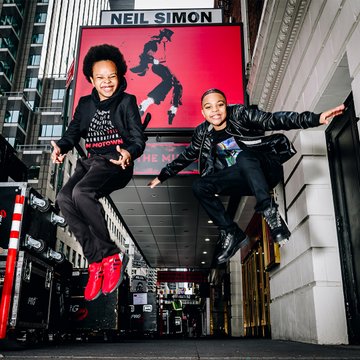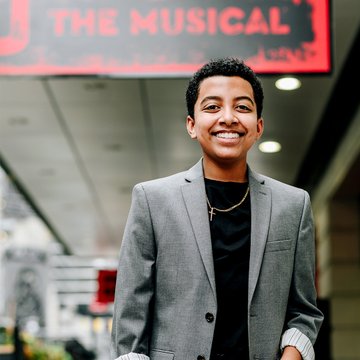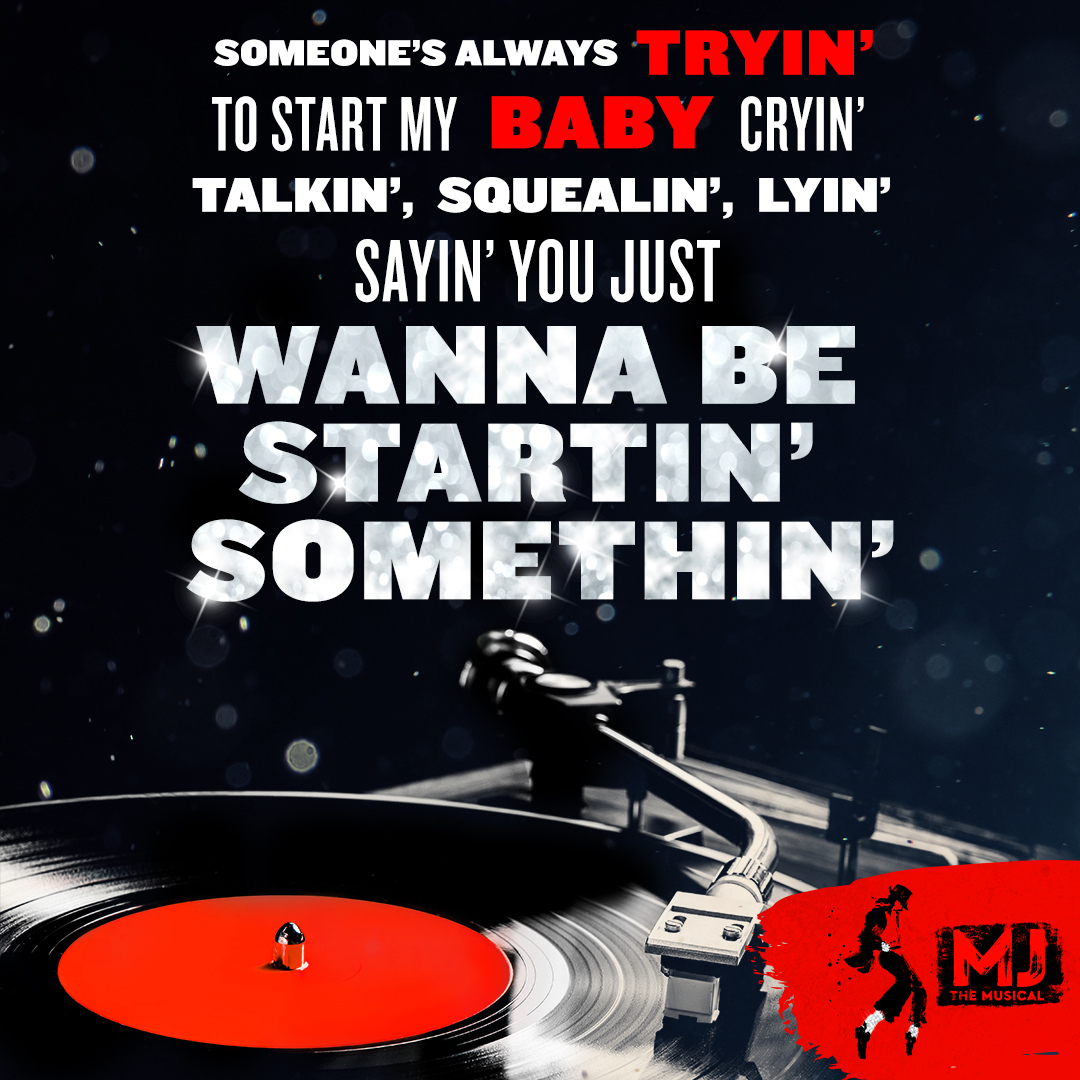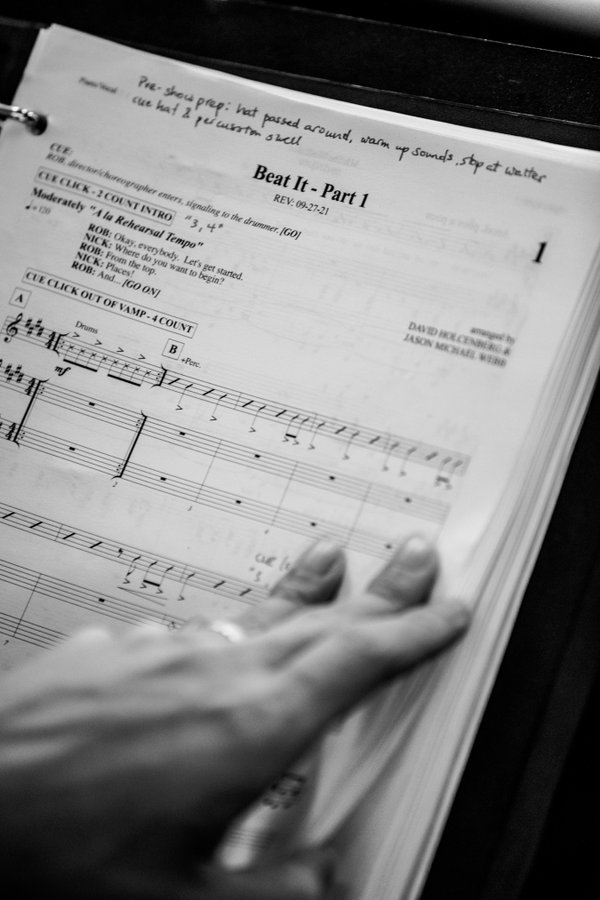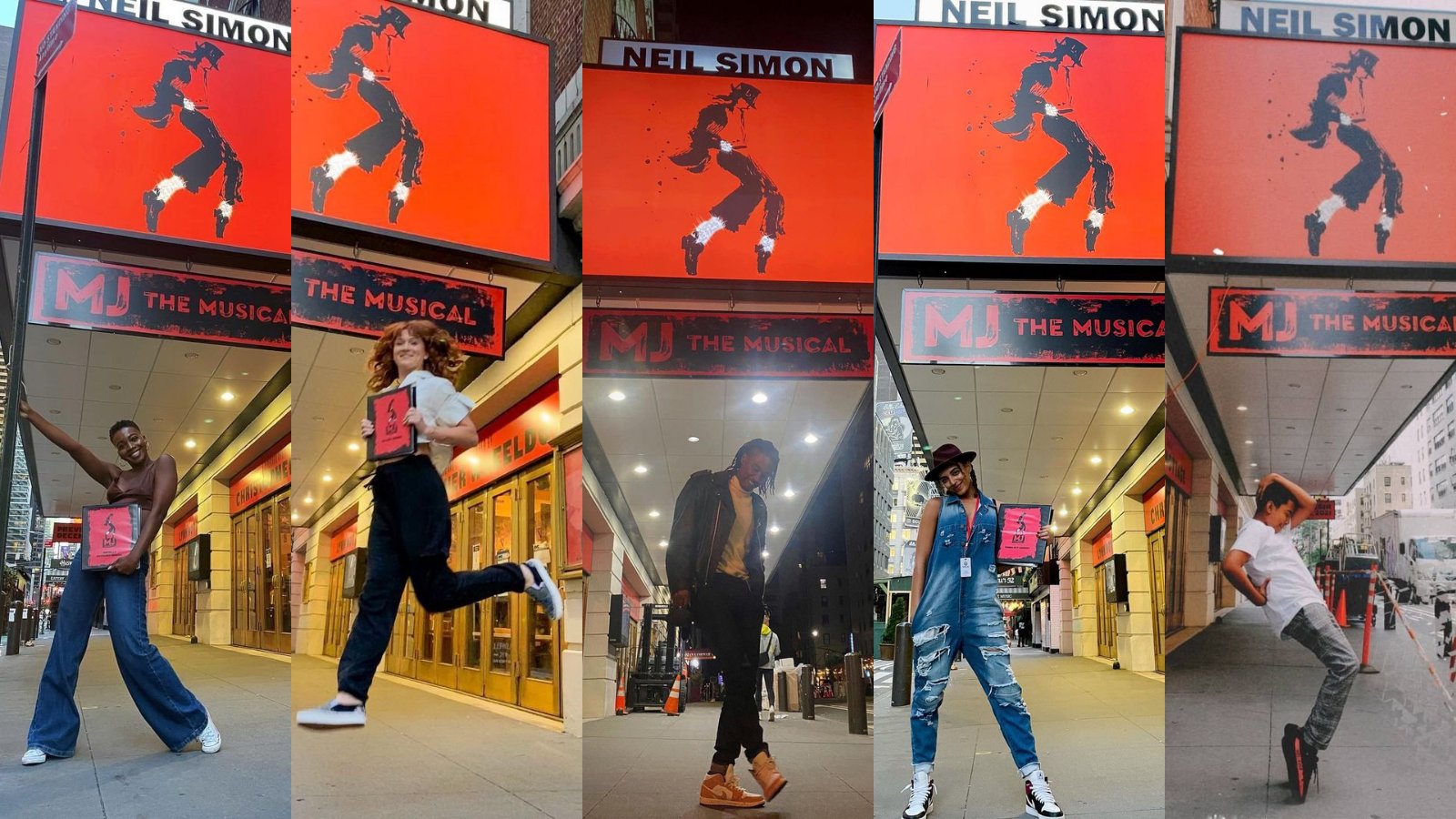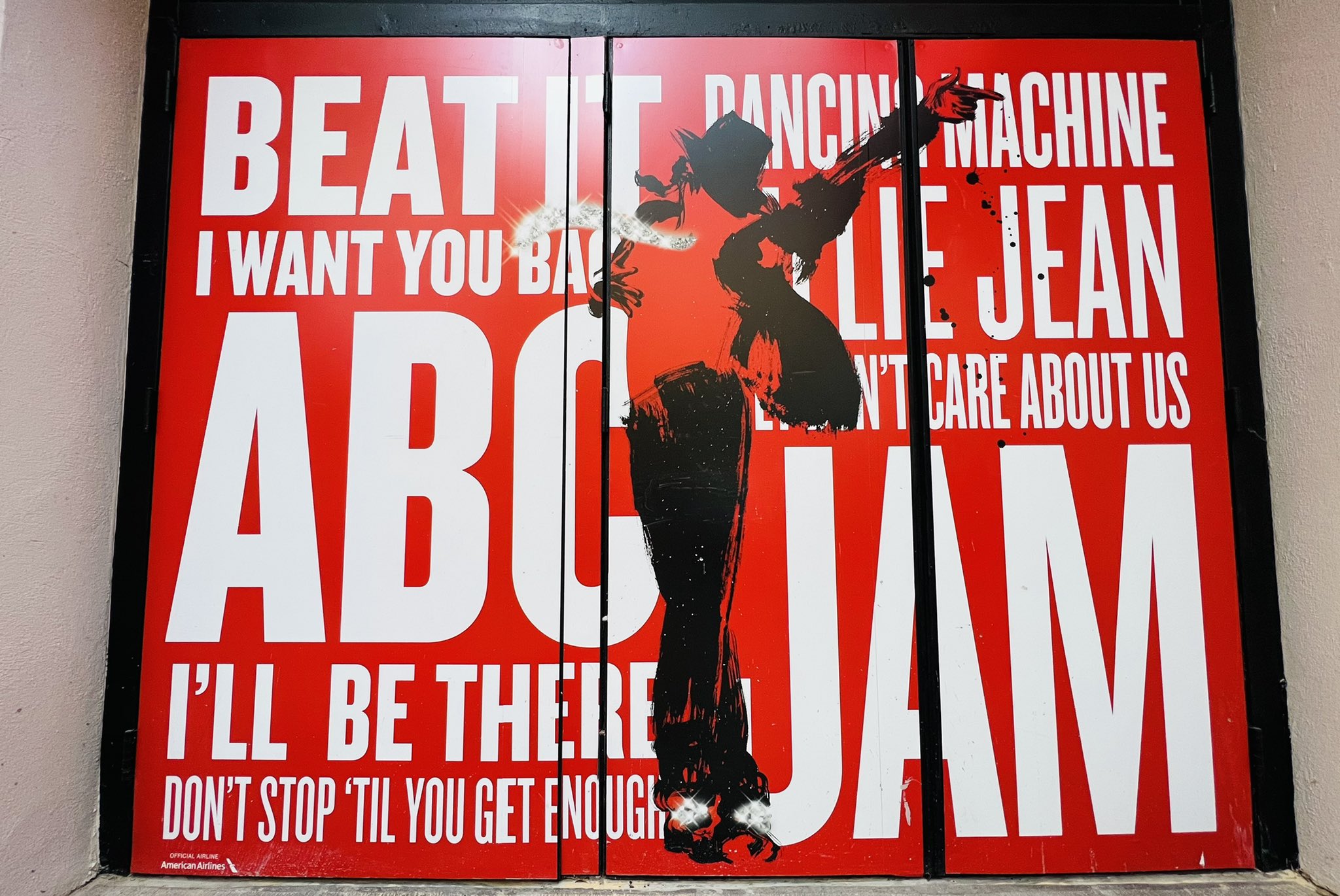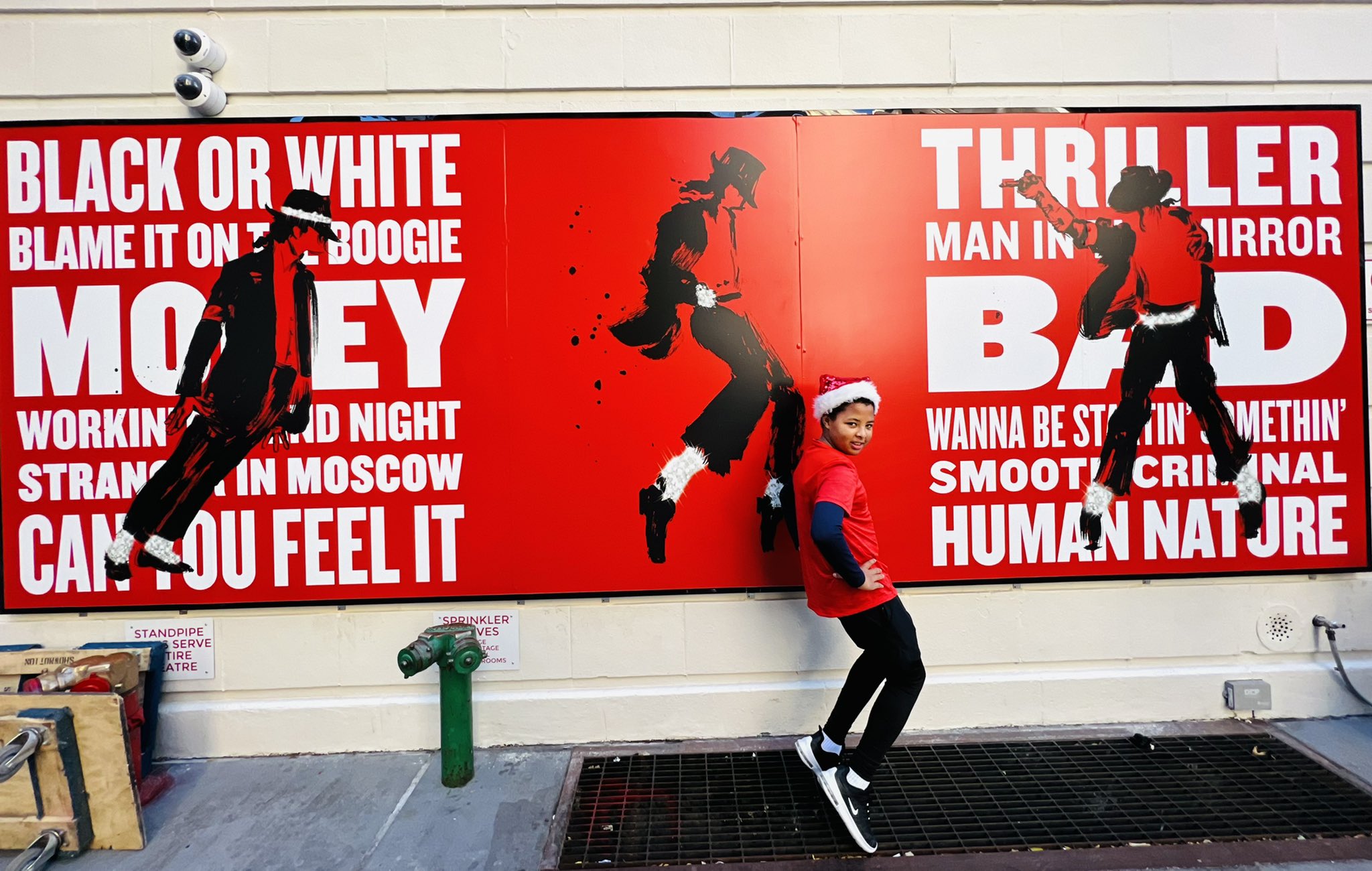Creating the World of MJ
Gerard Raymond | November 5, 2021
MJ, the new Broadway musical inspired by art and life of Michael Jackson is gearing up for its long-awaited Broadway run, starting performances at the
Neil Simon Theatre December 6. Written by two-time Pulitzer Prize winner Lynn Nottage, it stars newcomer Myles Frost as the King of Pop. The production is helmed by the Tony Award-winning director-choreographer Christopher Wheeldon and features a high-powered creative team with a slew of Tony and Emmy Awards on their résumés. We recently caught up with two of the Tony-winning members of that team.
Derek McLane — Scenic Design
When we talked, McLane was in London getting
Moulin Rouge! The Musical (for which he won a 2021 Tony Award) ready for its West End premiere.
What were your thoughts when you were first asked to do MJ?
It’s interesting, because the way that Lynn Nottage has structured the story, it is based in a dance studio: Michael Jackson is rehearsing with a company of dancers and a team that is putting a tour together. Basically, when the audience comes in, the first thing they will see is this beautiful, sunlight-filled dance studio with tall windows — and that’s the place where most of the story happens. My job, first and foremost, was to design that room in way that works well for that story. And then, because the story is so inherently theatrical, it really becomes about transformation, the way that the dancers in the story transform into other characters and the way that the objects in the room can transform into the places and events in the story being told. So everything in the set is designed to transform.
Is the tour being rehearsed the famous 1992 Dangerous tour?
It is the
Dangerous tour, but we are not very specific about that a lot of the time. I think the core of the story is an investigation into his creative process: looking at his artistry, how he works with dancers, how he creates the songs and puts them together, how he puts a dance number together. So while it is the creation of the
Dangerous tour, I think also some of that could be anywhere in his creative process. It is really about getting inside of the mind of how he creates.
How does your set design reflect the changes going on in his mind?
The story jumps backward and forward in time; it is not a linear story at all. Some of the transformations have to do with particular events in his life — working with a particular producer, or when he created a particular song and how that came about. And then some of it is how he thinks imaginatively about music and song and dance. I think another big part of that is how he is always pushing to make everything better. He was real perfectionist — he always wanted to make something better.
What would you say were your biggest challenges working on this production?
I think it the biggest challenge — for all of us — is living up to the challenge of Michael Jackson, who was such a creative genius and created magic on stage. More specifically, this is a very fast-moving story at times and involves quick imaginative leaps. So it is about how to make the physical transformations in a show that never stops moving.
Is there anything in this production that’s different from others you have worked on before?
It is very different in a couple of ways. One, we don’t really land in a physical place for very long in this story. In some stories you go from one place to another and you have a long scene there. This one moves more quickly than that. This is an enormous dance piece; there is an incredible amount of choreography and dance in this piece. From the workshops that we have done, I know that Chris Wheeldon has staged the transitions in a very fluid, choreographed way, and so I need to make all the physical things that help tell the story move in that way. Most of the stuff is moved by actors in the story, and so I have to make it specific and smooth enough so that it feels effortless. That was a new challenge for me.
Were you a Michael Jackson fan growing up?
Very much so. Michael Jackson was, I think, two months older than me. When I was a child I listened to his music on AM radio all the time. I was always aware, because the DJs talked about it all the time, about his age. It was absolutely mind-blowing for me that there was a 9-year-old or a 10-year-old in the world who could sing and perform like that, and was my age. He seemed superhuman to me when I was a child. And I grew up as he grew up, in a way, watching his musical style evolve. I never met him — he lived in a whole different universe from me — but the fact that this prodigal genius who was my age, for some reason that age thing always stuck with me. I was deeply saddened when he died.
Paul Tazewell — Costume Design
Tazewell was nominated for a Tony Award for very first Broadway show,
Bring in ‘Da Noise, Bring in ‘Da Funk, in 1996. He won the Tony 20 years later for
Hamilton, which is still running on Broadway. He is also represented currently with
Ain’t Too Proud: The Life and Times of The Temptations, and his work will be seen next month in Steven Spielberg’s new movie version of
West Side Story.
How did you start work on MJ?
I was excited, to say the least. I was very fond of Michael Jackson — his music played throughout my youth. Most specifically, I’m one of four brothers and, when the music came out, we spent a lot of time pretending to be the Jackson Five! My work is always informed by the script and the story, and how the director wants to tell that story. For me, that means to make sense of when we are, where we are, and who the people are as the story is opening up.
Did you do a lot of research on this project?
Oh my god, yes. That’s how I start with any production, to get to the heart of what it actually was. Finding images that are accurate for what they wore, how it was built, what the fabrication was, looking at videos, and also family photos — whatever I could find of his early life documented as well. And then, after a long period of collecting all that information, I transposed it. It is very important to the production overall to make sure that we establish the iconic looks that had been established over the years. For the other numbers — not for the character of Michael — I also did a riff on the style of some of those images. I think you get the flavor of the iconic Michael Jackson look throughout, but also within the ensemble, in the bigger and showier numbers as well.
So, within the fluid concept of the show, we get to see younger incarnations of Jackson as well?
The theatrical real time kind of takes place in the middle of his life, and then we flash back to the forming of the Jackson Five and to interactions with the family. It is tricky for a costume designer because the audience needs to be able to follow what year a scene is currently being played in.
What is the most challenging aspect of this show for you?
I think with all of these musicals about performers, what I find is that the action needs to be seamless. The choreography doesn’t allow for a lot of easy costume changes. I have to be very creative about how we make those changes, whether we are going back in time or going into a big number. There is so much imagery in the media that surrounded Michael Jackson, so it wasn’t difficult to find the images. It was about how to honor those images, and that was the investigation, as well as making the design choices. I think scenically, costume-wise, lighting-wise, staging, all of that is about working to create an experience that feels urgent, seamless, and exiting to watch. And that then becomes a magical theatrical experience. So how do you get all of those to lead up to the icon that was Michael Jackson?
Is there something special for you with this musical?
I think it is the opportunity and to have the responsibility to dig into Michael’s amazing creative brain. I think it was a great honor. And all collaborators are giving their A-game — they are all top-level creators, writers, and designers — so I was very excited working on this production.
Finally, this is about how you became a costume designer. You’ve said that you aspired to be a leading man on Broadway, but as a young Black kid in America, at that time you felt that could never happen, so you chose a career path as costume designer instead. What do you think of the gradually changing climate on Broadway — Hamilton and beyond — now?
I think it is miraculous and it is very helpful. But there are still sensibilities, minds that need to be changed. Generally, it comes down to the work that we each create as theater artists in order for the whole environment of the entertainment industry to be inclusive. And it isn’t just about putting Brown and Black and Asian faces into roles originally written for Caucasian people. It is about telling stories that are specifically about Brown and Black and Asian people. Starting there. I think that it is ultimately us that will be opening up the sensibilities of the producers that will make everyone welcome and value everyone’s story in the same way.
What do you think the young Paul might have done today?
I am so grateful that I’m doing what I am doing. I love costume design. So I was born at the right time, obviously. Who knows what I could have been!

